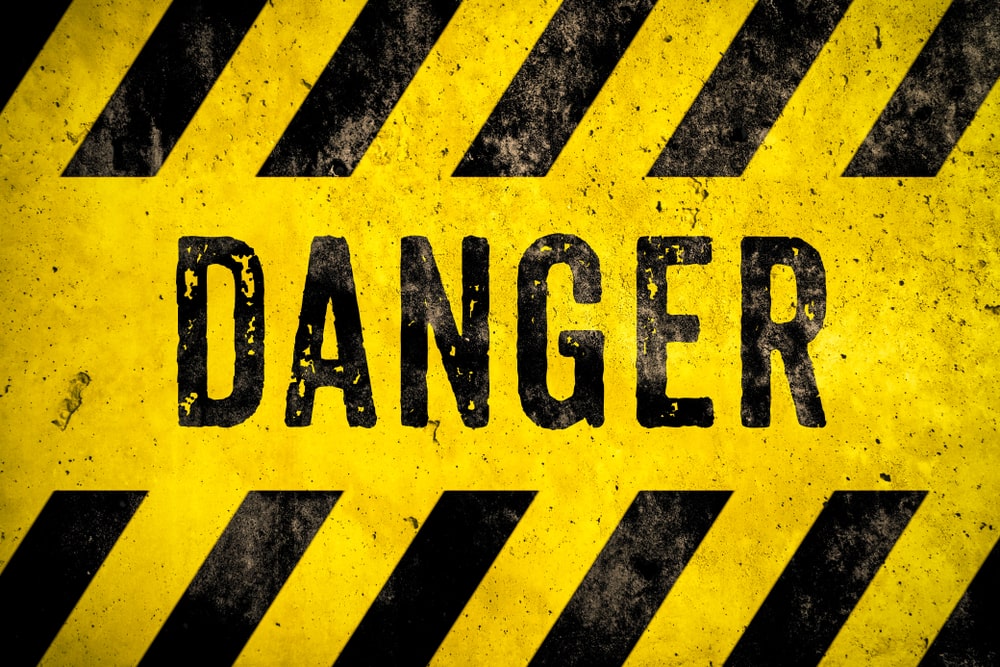Are you feeling a little down lately? Are your energy levels tanking and your sex drive disappearing? If so, you might be experiencing manopause. Just like women go through menopause, men experience a change in hormone levels as they age. This can lead to a wide range of symptoms that can impact your quality of life. In this blog post, we will discuss what manopause is, when it happens, how it’s diagnosed and treated. We hope this information helps you better understand this phenomenon and allows you to take steps to improve your health!
What is male menopause?
Male menopause, more formally known as andropause, are age-related hormonal changes. These hormonal changes are sometimes also known as testosterone deficiency, androgen deficiency, and late-onset hypogonadism. As you may have guessed, male menopause is characterized by a sharp decline in the amount of testosterone being produced by the body around the age of 50.
Testosterone is a hormone produced by the testes and it is responsible for sex drive, mental and physical energy, muscle mass, and regulating the fight or flight response. Testosterone levels change with age starting low before puberty, spiking around puberty, and then gradually dropping at an average of 1% after turning 30. In some cases, certain health conditions can also cause a drop in testosterone.
As a result of decreased testosterone production, there are a variety of symptoms that can be experienced. These include:

- Fatigue/low energy
- Depression
- Decreased motivation
- Difficulty concentrating
- Lowered self-confidence
- Insomnia
- Increased body fat
- Decreased muscle mass
- Gynecomastia, or development of male breast tissue
- Decreased bone density that can lead to osteoporosis
- Infertility
- Reduced sex drive
- Erectile dysfunction
How is Manopause Diagnosed and Treated?
If you are experiencing any of the aforementioned symptoms, it is important to speak with your doctor. To diagnose low testosterone levels, your doctor will likely ask you about your symptoms and medical history. They may also ask you how long your symptoms have been occurring and whether they have gotten worse over time.

To confirm a diagnosis of low testosterone and to develop an effective treatment plan, your doctor may also take a blood sample to test your testosterone levels. They may then recommend a variety of treatment options, many of which revolve around lifestyle changes. In some cases, they may also recommend testosterone replacement therapy.
Testosterone replacement therapy supplements testosterone to the body in order to alleviate symptoms associated with low testosterone levels. There are many different ways that testosterone can be administered such as through injection, orally, intranasally, or with special pellets implanted below the skin. Oftentimes, your doctor will discuss these different options with you, as well as provide recommendations on which method is best for your individual case.
In Conclusion
In this blog, we have discussed male menopause and how it affects the body. We have also discussed the role that testosterone levels play in male menopause. Finally, we have discussed the ways that low testosterone levels are diagnosed and treated. We hope that this article has provided some insight on what ‘manopause’ is and how to deal with it. Thank you!
If you have any questions about testosterone replacement therapy, call our office today!





